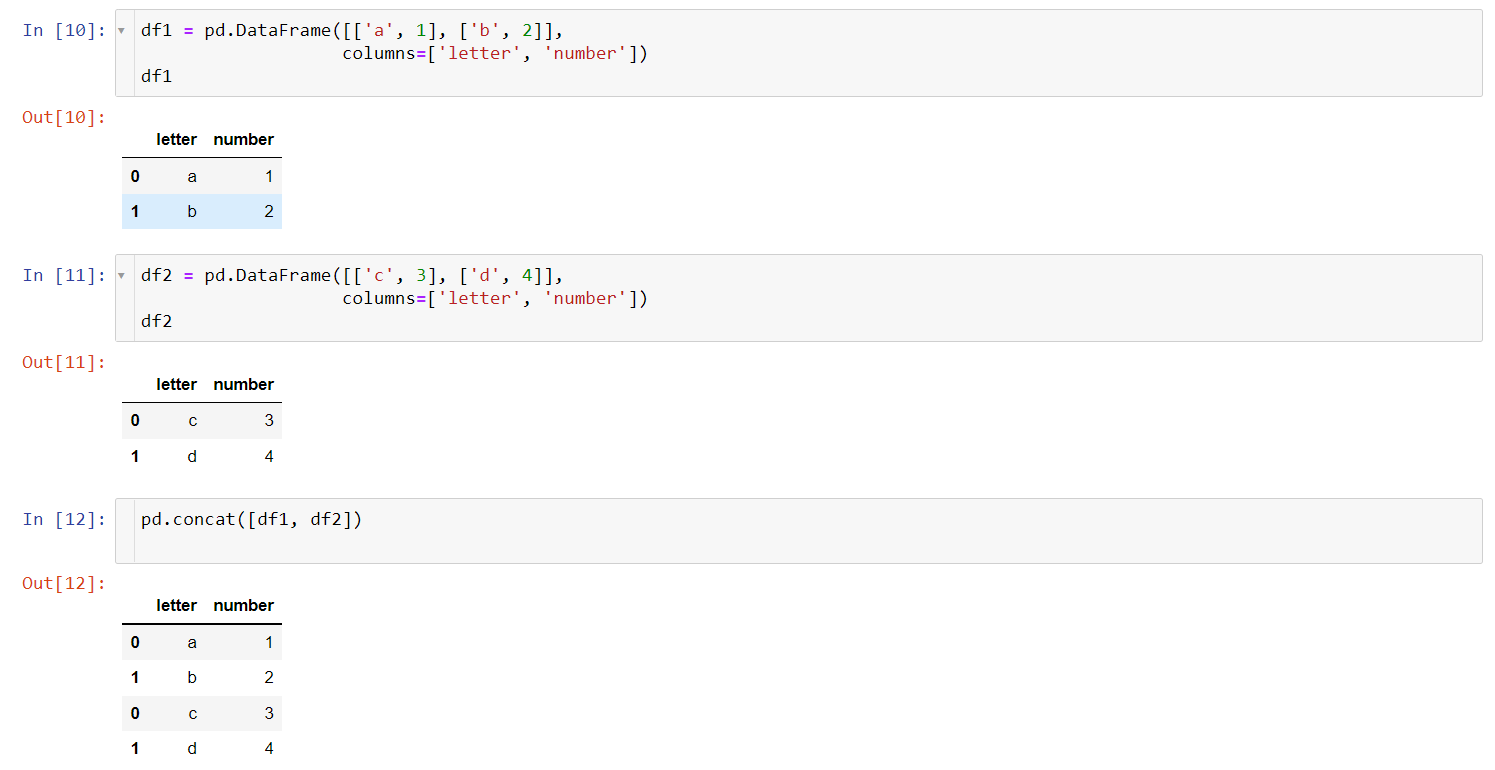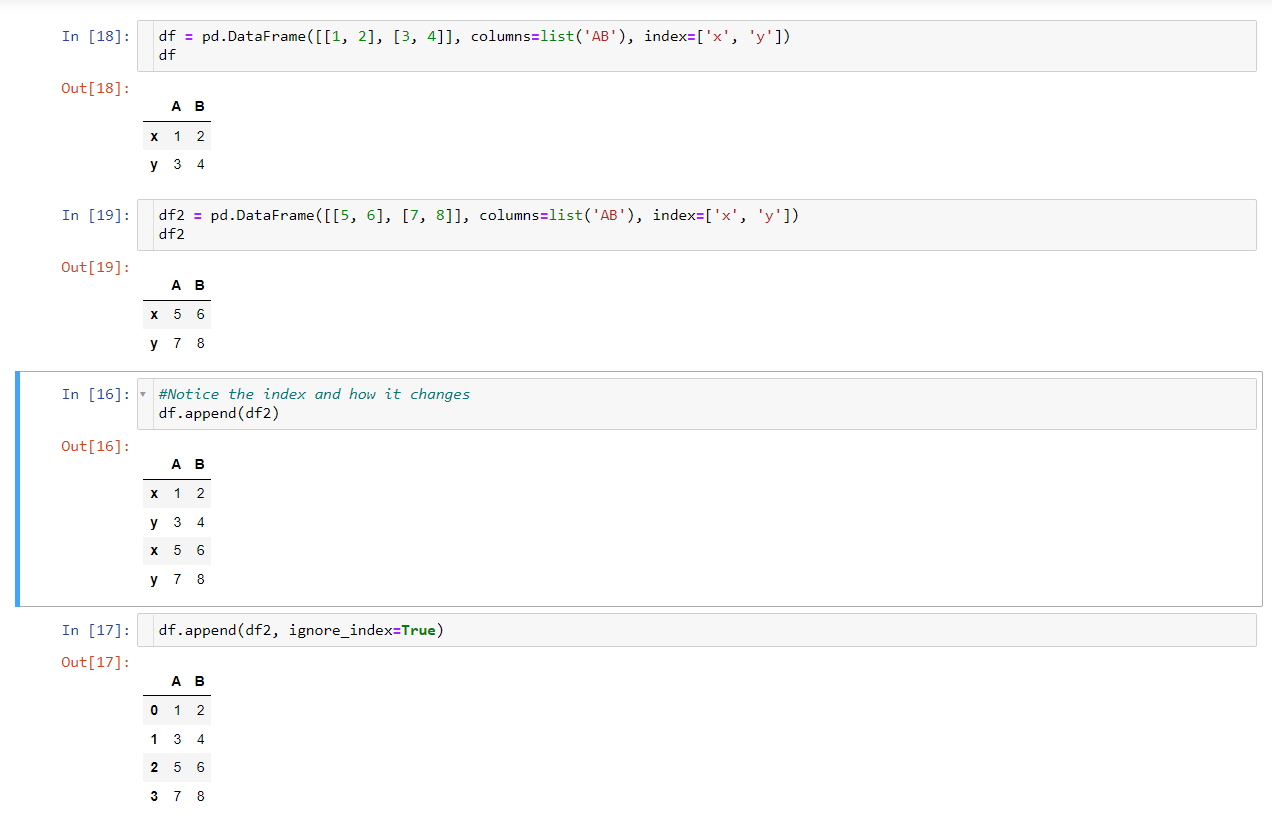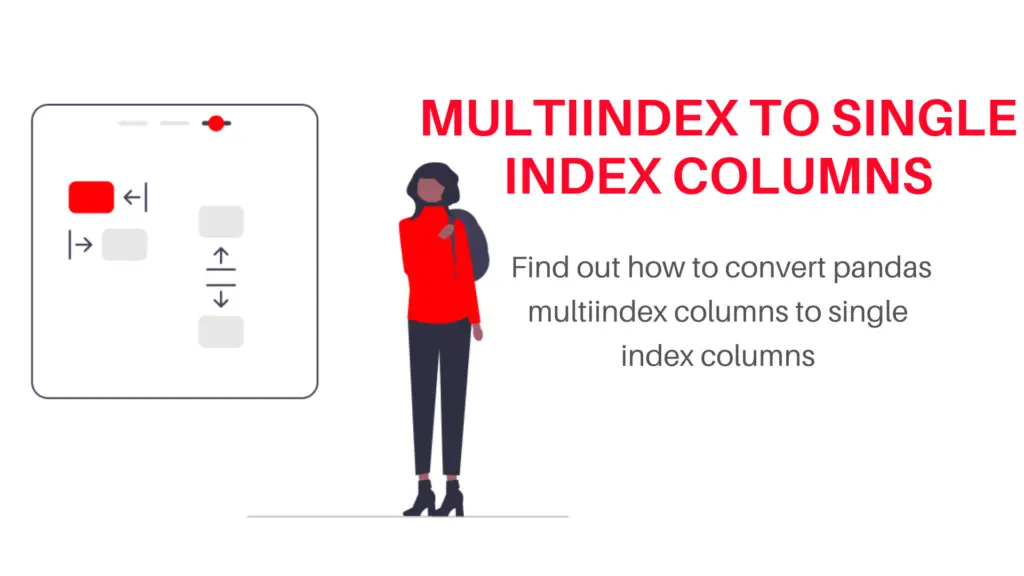If you have touched upon python in your data science career. There is no doubt you have tried to join data frames together using either the Pandas Concat vs append functions. It is essential for every data science enthusiast to know how to use Pandas properly and to better know how to use these two functions in order to put together Data Frames to make complete sense of the data that they are using in their projects. In this article, we’ll briefly visit what Pandas is and why you need to learn how to use Pandas Concat vs append to join Data Frames together and what they essentially mean.
Also read, Python’s Pandas Cheatsheet
What Is Pandas?

Pandas is — an open-source library developed in 2008, essentially for working with relational or labeled data or both, easily and almost replicating Excel in python. It can work with many data structures and operations for manipulating data in text and/or numbers and time series. Built on top of the NumPy library in python, it is fast and has high performance and usability.
For more about Pandas, check out the official documentation here: Pandas Official website
Check out this free Pandas tutorial if you are new to Pandas: Kaggle Pandas tutorial
Why should you learn how to contact and append data frames?

Consider this scenario where you have to combine the data for sales in an organization that has recorded the sales on a weekly basis. The data might be 200 or more different data frames being saved as data frames 1, 2, and so on. In this case, you can analyze the data on its own on a week to week basis for sure but if you think about it, the data columns are repeated throughout the data frames.
The data should mainly focus on sharing only one column with different values in the total sales for the days of the week but the data will make more sense only when you take these weekly sales to build on month-on-month sales and then your year-on-year sales to see if a trend exists. There are four major ways to join or combine data frames in Pandas i.e., Concatenation (Concat), Append, Joins, and Merging. Let’s dive deeper into the two most commonly used functions i.e. Pandas Concat vs append.

Pandas Concat vs Append
Let us go over what the Pandas Concat vs Append functions offer to coders, which are two of the most used functions to combine data frames together.
Pandas Concat function
First of the two of Pandas Concat vs Append is the Pandas Concat function which is the most used function to combine data frames in Python and can be used for more cases than just for a simple connection between two or more data frames as you will see below.
The syntax of the code looks as follows;
import pandas
pandas.concat
pandas.concat(objs, axis=0, join='outer', ignore_index=False, keys=None, levels=None,
names=None, verify_integrity=False, sort=False, copy=True)The Concat function can be used for any of the following use cases;
- Combine two Series.
- Clear the existing index and reset it in the result by setting the ignore_index option to True.
- Add a hierarchical index at the outermost level of the data with the keys option.
- Label the index keys you create with the names option.
- Combine two DataFrame objects with identical columns.
- Combine DataFrame objects with overlapping columns and return everything
- Combine DataFrame objects horizontally along the x-axis by passing in axis=1.
- Combine DataFrame objects with overlapping columns and return only those that are shared by passing inner to the join keyword argument.
A simple example of the Concat function can be seen below:

To join data frames together instead of series, use the following code:
df1 = pd.DataFrame([['a', 1], ['b', 2]],
columns=['letter', 'number'])
df2 = pd.DataFrame([['c', 3], ['d', 4]],
columns=['letter', 'number'])
pd.concat([df1, df2])

As you see, using the pandas concat is fairly simple and can be understood by a beginner as well
To change the axis and join the data frames horizontally, modify the code as follows to mention an axis = 1.
pd.concat([df1, df4], axis=1)
Some other examples of how to use concat are given below for you to try out.
pd.concat([df5, df6], verify_integrity=True) pd.concat([df1, df3], join="inner") pd.concat([df1, df3], sort=False) pd.concat([s1, s2], ignore_index=True)
- Verify integrity helps avoid duplicate indexes
- Join inner helps return only the common elements
- sort False will disable index sorting
- ignore index gives the resulting data frame a new index starting at 0.
Find the Pandas Concat function documentation here: Pandas Concat Docs
Check out this youtube video for more about how to use the Pandas Concat Function:
Pandas Append function
The pandas append function is a simpler code to join data frames together which is an alternative to the Concat function when you compare the Pandas Concat vs Append functions. Though they facilitate the same type of output, the computational intensity of the append function is more than that of the Concat function.
The syntax for the Pandas Append functions is as follows; (the default params have been included)
import pandas pandas.DataFrame.append(other, ignore_index=False, verify_integrity=False, sort=False)
If you wish to combine pandas series and not data frames, the code can be modified as follows;
import pandas pandas.Series.append(other, ignore_index=False, verify_integrity=False, sort=False)
Let us look at a simple example of the append function now;

As you can clearly observe, the append function is good when you have to join two datasets together. When we go for more than two data frames, it will involve a loop and clearly complicate the entire process of putting data frames together. Even if you could manage to do it for 5 data frames or so, it would become a tedious process and almost impossible for more than 20 data frames (which is not logical as well to do with the append function).
Note: The Pandas Append function has also been deprecated from the Pandas Version 1.4.0 and therefore, I would recommend you to use the Pandas Concat function and not append for joining and combining data frames together.
Find the Pandas Append function documentation here: Pandas Append Docs
Conclusion
Learning how to put two data frames together, is essential for a data science enthusiast. One can be working on data from multiple sources and might require putting data for multiple time periods together or just wanting to bring two pieces of the same block together. In any of these cases, the Pandas Concat vs append functions are highly useful. While the Concat function is more flexible compared to the append function, for work that does not require a lot of data pieces to be put together, the append function is easier to execute.
Try out the Pandas Concat vs append functions today and let us know which one would you prefer to use in your analyses in the comments below. Do check out the other resources mentioned in the article to enhance your knowledge about the functions and check out the ‘merge’ function to join data as well.
For more such content, check out our website -> Buggy Programmer





